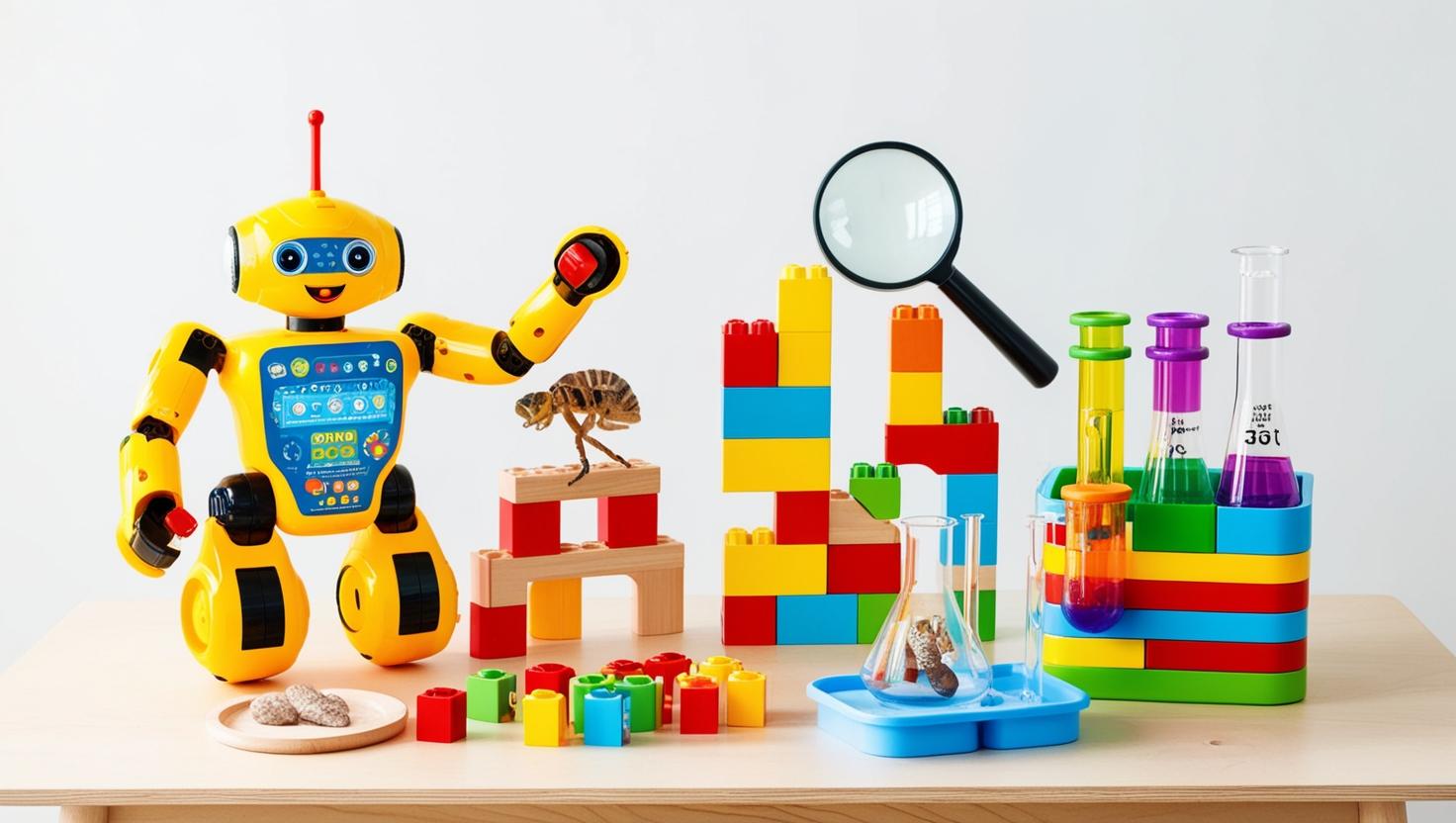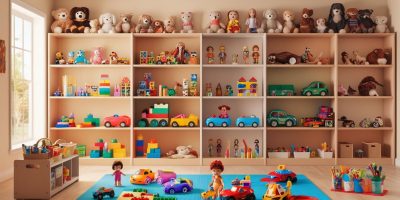Why Open-Ended STEM Toys Beat Flashy Gadgets Every Time
Be honest—have you ever bought a flashy STEM toy with lights, sounds, and built-in screens… only to find your child bored with it a week later?
You’re not alone. While gadget-heavy toys might seem exciting at first glance, they often lack the one thing that keeps kids coming back: open-ended play.
In this post, we’ll break down why open-ended STEM toys are not only better for your child’s development—but also more engaging, more educational, and a lot more fun in the long run.
What Are Open-Ended STEM Toys?
Open-ended STEM toys are toys that don’t have one set way to play. Instead, they invite creativity, problem-solving, and exploration. There’s no “right” or “wrong” way to use them—just possibilities.
Examples include:
- LEGO bricks and magnetic tiles
- Basic circuit sets
- Building kits with interchangeable parts
- Science tools for open experiments (like magnifying glasses, scales, or lab sets)
These toys grow with your child and can be used in new ways as they age.
Why Flashy STEM Gadgets Fall Flat
Sure, flashing lights and built-in games can be fun—for about 10 minutes. But many “smart” toys:
- Offer scripted play experiences
- Limit exploration to pre-programmed features
- Don’t reward experimentation
- Break easily or become obsolete quickly
Instead of inspiring problem-solving, they often turn into passive entertainment.
5 Reasons Open-Ended STEM Toys Are Better for Kids
1. They Spark Creativity and Imagination
A good open-ended toy invites your child to build something new every time. This supports creative thinking and innovation—two essential 21st-century skills.
2. They Encourage Deeper Problem-Solving
Rather than just “pressing a button,” kids have to figure things out. Whether building a stable bridge or wiring a circuit to make a light turn on, they develop critical thinking skills.
3. They Grow with the Child
A set of magnetic tiles might be used to build towers at age 4… and geometric patterns at age 9. Open-ended toys evolve with your child’s ability, unlike gadget toys that are often outgrown quickly.
4. They’re Usually More Durable and Sustainable
Less tech = fewer parts that break. Plus, toys made of wood or hard plastic often last through multiple kids and years of play.
5. They Support Collaborative and Solo Play
Open-ended toys can be shared with siblings or played with independently. They encourage communication, teamwork, and resilience—especially during group projects or sibling builds.
Examples of Great Open-Ended STEM Toys
- LEGO Classic Bricks – Unlimited building options across all ages
- Magna-Tiles – Boosts spatial reasoning and creative thinking
- Snap Circuits Junior – Teaches electronics through mix-and-match experimentation
- Tinker Crates by KiwiCo – Subscription-based hands-on STEM challenges
- STEM Explorers Gears! Gears! Gears! – Engineering through trial-and-error design
The Bottom Line
When it comes to long-lasting engagement, meaningful learning, and real developmental benefits—open-ended STEM toys win, hands down.
Skip the flashy bells and whistles. Choose tools that let your child imagine, build, and solve in their own unique way. Because the best toy isn’t the one that “talks”—it’s the one that listens to your child’s creativity.





